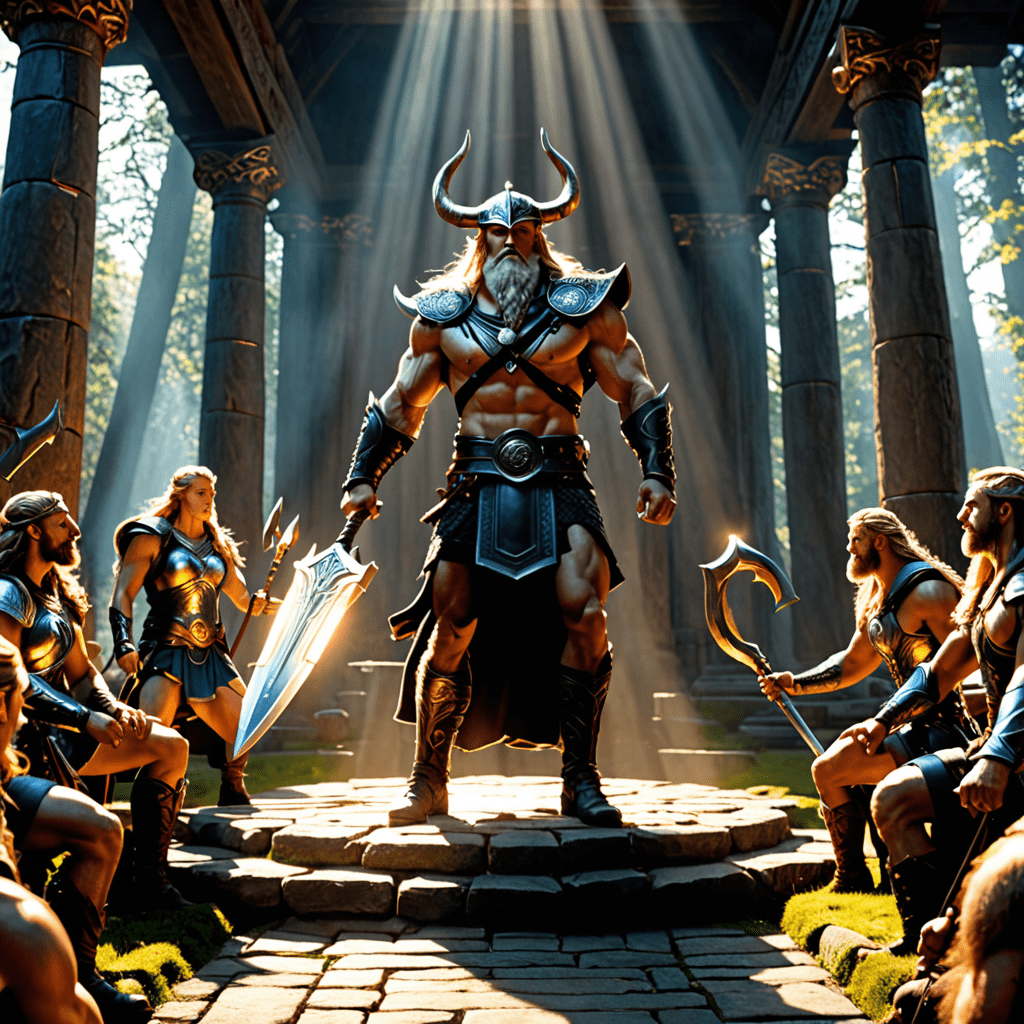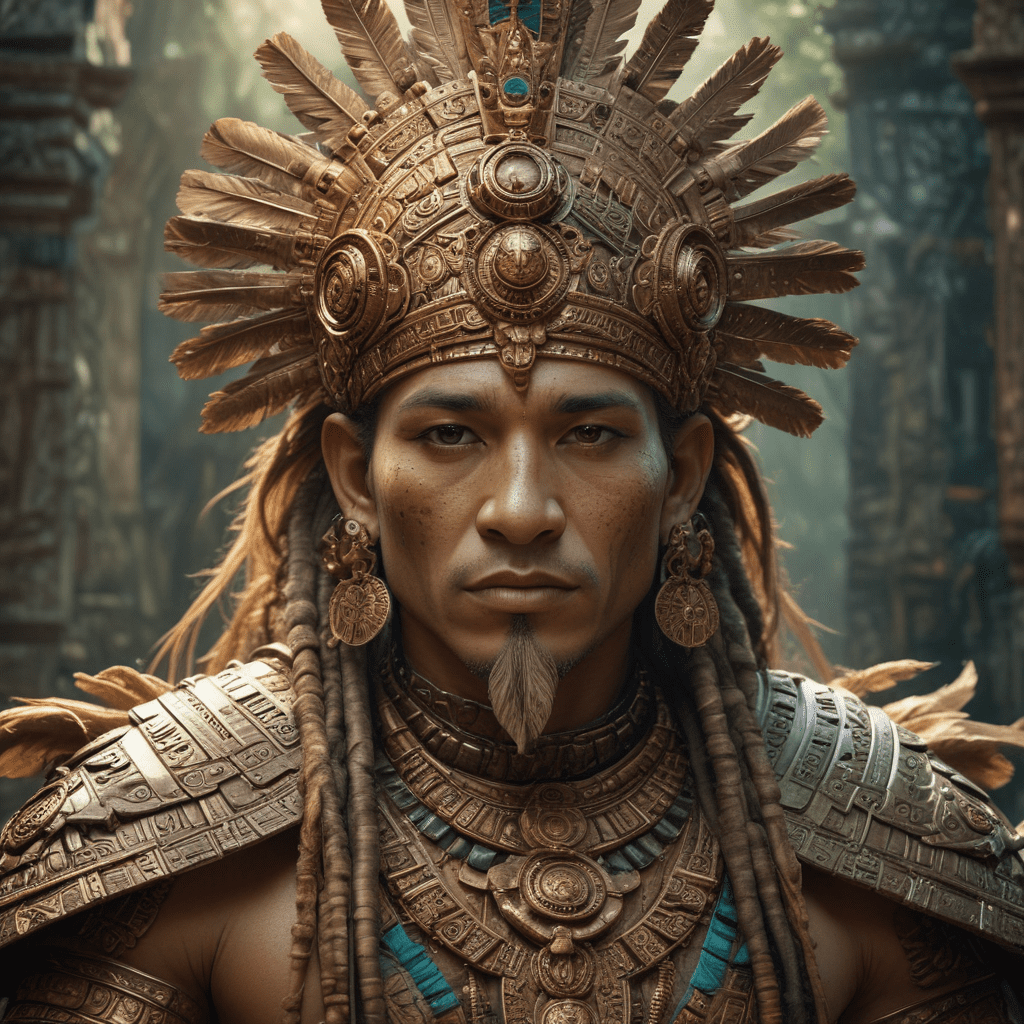The Symbolism of Light and Shadow in Norse Mythology
Light and Dark: The Dualistic Nature in Norse Mythology
In Norse mythology, the concepts of light and shadow hold significant symbolism, reflecting the balance of opposing forces in the cosmos. Light often represents order, prosperity, clarity, and divine intervention. For instance, the realm of Asgard, home of the gods, is bathed in eternal light, symbolizing their purity and power. On the other hand, darkness and shadows are associated with chaos, fear, mystery, and the unknown, reflecting the realm of Jotunheim and the forces of darkness that threaten the gods and mankind. This duality underscores the complexities of life and the constant struggle between forces of good and evil in Norse mythology.
The Sun and Moon: Symbols of Light and Shadow
The sun, symbolized by the Norse goddess Sol, represents brightness, warmth, guidance, and protection. Sol traverses the sky in her chariot, providing light to the world and driving away the shadows of night. Conversely, the moon, personified by the god Mani, symbolizes reflection, intuition, and the cyclical nature of life. As Mani waxes and wanes, the balance between light and shadow shifts, influencing the tides of Midgard and the fortunes of beings below. The eternal dance of the sun and moon mirrors the eternal struggle between order and chaos in Norse cosmology.
Ragnarok: The Ultimate Light and Shadow Confrontation
In Norse myth, Ragnarok, the end of the world, represents the ultimate confrontation between light and shadow. As the forces of darkness, led by the fire giant Surtr, engulf the world in flames, the gods fight their final battle against the chaotic forces of Loki and his monstrous children. The sun and moon are consumed, plunging the world into darkness and signaling the beginning of a new cycle of creation and destruction. Through Ragnarok, the Norse myths portray the cyclical nature of existence, where even the brightest light must eventually give way to the deepest shadows.
Embracing the Balance of Light and Shadow
In Norse mythology, the symbolism of light and shadow reminds us of the interplay between opposites, the inevitability of change, and the importance of balance in the world. From the shining halls of Asgard to the depths of Niflheim, the Norse myths offer a rich tapestry of symbolism that encompasses both light and shadow as essential components of the cosmic order. By understanding and embracing this eternal dance, we can find wisdom in the midst of chaos and hope in the darkest of times.
FAQ: The Symbolism of Light and Shadow in Norse Mythology
What is the significance of light and shadow in Norse mythology?
In Norse mythology, light and shadow represent the eternal struggle between good and evil, order and chaos. Light often symbolizes life, knowledge, and protection, while shadow embodies darkness, mystery, and potential danger. These contrasting elements play a crucial role in shaping the narrative of Norse myths.
How do light and shadow manifest in Norse mythology?
Light is often associated with deities like Baldr, the god of light and purity, and the shining realm of Asgard. Conversely, shadows are linked to figures such as Loki, the trickster god, and the foreboding realm of Hel. Light and shadow are used to depict the cosmic balance and the constant interplay of opposing forces in the Norse cosmos.
What lessons can be drawn from the symbolism of light and shadow in Norse myths?
The symbolism of light and shadow in Norse mythology serves as a reminder of the dual nature of existence and the necessity of balance in the universe. It teaches us about the importance of embracing both positive and negative aspects of life, as well as the cyclical nature of creation, destruction, and rebirth.



